A minimalist approach to baby products sounds a bit intimidating, but it shouldn’t be.
The concept is one I had considered when preparing for the birth of my first baby. I was only interested in buying the essentials and wasn’t keen on investing in baby products I wasn’t going to use.
I do admit, there were a few bad buys like my pram, which was specifically bought so an extra seat could be attached for a future sibling. Unfortunately the attachment got recalled and my pram wasn’t going to get the longevity I had hoped.
I also wasted money on a baby monitor that played more white noise than baby sounds while my darling slept. Apparently our phone lines interfered with the reception.
Thank goodness for eBay where I was able to recoup some of my money back!
One of the biggest trends to hit 2017 is the minimalist movement. The message to ‘live with less and use the items you own more’ is infiltrating all areas of life from interiors to even fashion.
The concept has gained momentum since the release of the documentary Minimalism: A Documentary About the Important Things.
Minimalism isn’t a movement that fits with everyone’s lifestyle. It’s a choice, but the decision to live minimally can have a huge impact on your state of mind and most importantly your budget.
So how does one apply a minimalistic approach when preparing for a baby? Here are 10 essential items needed for baby. Everyone’s essentials will be different, but this list effectively provides the basic necessities to ensure you are prepared for baby’s arrival. Some things have been missed if they can be made alternatively.
Here, in no particular order, is a list of essential baby products for minimalists.
1. Cot. The baby needs somewhere to sleep that is safe. Ensure the cot you purchase has been manufactured in accordance with Australian standards. Drop-side cots are still legal in Australia, however Kidsafe Australia and ACCC encourage parents to beware of potential dangers when using a drop-sided cot. Second-hand cots should be checked that their fixings are intact and work correctly. Second-hand cots save money and can help alleviate landfill, but it’s important to check the cot is safe.

Leander Cot, Mattress not included $1399.95
2. Pram. There is a lot to consider when choosing a pram. Essentially you want to choose a pram that can hold your chosen baby capsule. Your choice of pram will depend on how many children you intend to have, how big your boot space is, how heavy it is and what features are necessary to your lifestyle. It’s important to test drive different models before you buy.
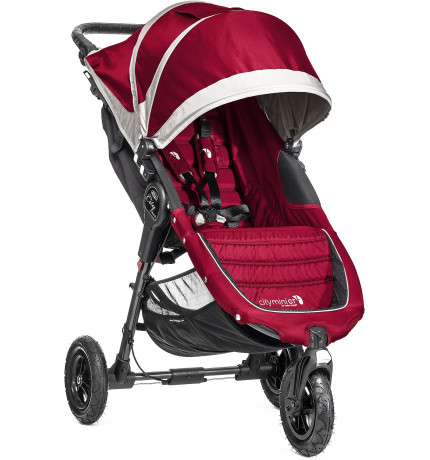
Baby Jogger City Mini Pram $799.95
3. Baby Capsule and Car Seat. A baby can stay in their capsule until 6 months or longer depending on the length of your baby and the manufacturers recommendations on your chosen capsule. After 6 months (we’re just using the average) a car seat will need to be installed. A convertible car seat is a good choice as you can have baby rear-facing longer for safety. While the laws in Australia don’t say you have to do this, it is a precaution that has saved many children’s lives.
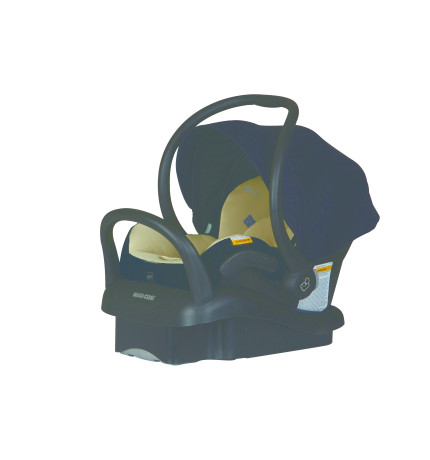
Maxi Cosi Mico with Isofix $549.95

Safe n Sound Platinum Pro Sict $799.95
4. Nappies. Whether disposable or cloth, choose what will fit in with your lifestyle and budget.
5. Feeding Essentials. Baby bottles, breast pumps, feeding spoons and bibs are all essential for baby when feeding. If you plan to breastfeed, a breast pump can help build breastmilk supply. It is also essential for when mums return back to work. If mums choose not to breastfeed, bottles and formula will be needed. From 4 months, solids can be introduced, so bibs and feeding spoons will become essential items when feeding baby as will a high chair.
6. Baby Carrier or Sling. This allows for mums and dads to be hands-free. It’s essential for when baby just wants to be held. Just be aware of the activities that could harm your baby when using the carrier/sling.
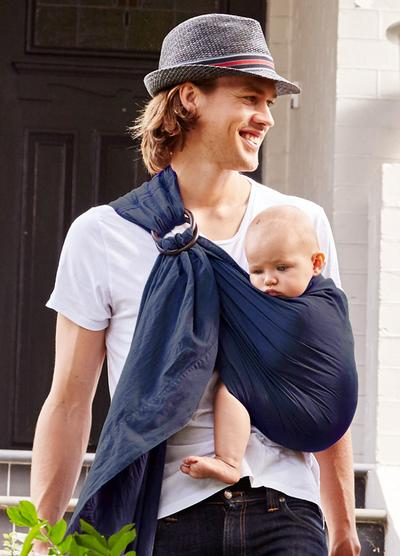
Baby Ring Sling $64.95
7. Health Care Utensils. It’s important to have a thermometer, nasal aspirator, nail clippers, medical dropper ready for baby to check their health.
8. Change Table. Some parents kill two birds with one stone by turning a dresser into a change table. You can buy a dresser with the change table attached to the top to ensure the change mat doesn’t slide off the top of the drawers.

Baby Change Table $219
9. Baby Bath. Even if you have a bath or sink to wash baby in, a baby bath will make it easier to keep a grip on baby and save their parents back. It’s also essential for homes that don’t have a bath and only have a shower instead.

Stokke Baby Bath $69.95
10. Material Necessities. Clothes, blankets, burpcloths and a teddy comforter are all needed for baby’s care. Here is list of minimal material necessities
• Terry Towel Cotton Nappies (7)
• Wash Cloths for bathing (4-6)
• Sleep suits (2)
• Wondersuits (7)
• Beanie (2)
• Hooded towel (2)
• Socks and booties (4 to 6 pairs)
• Cardigan/jumper (1-2)
• T-shirts (4-6)
• Open toe leggings (4-6)
• Teddy Comforter (2)
• Cot Sheets (2)
• Cot Mattress Protector (2)
• Cot Blanket (2)
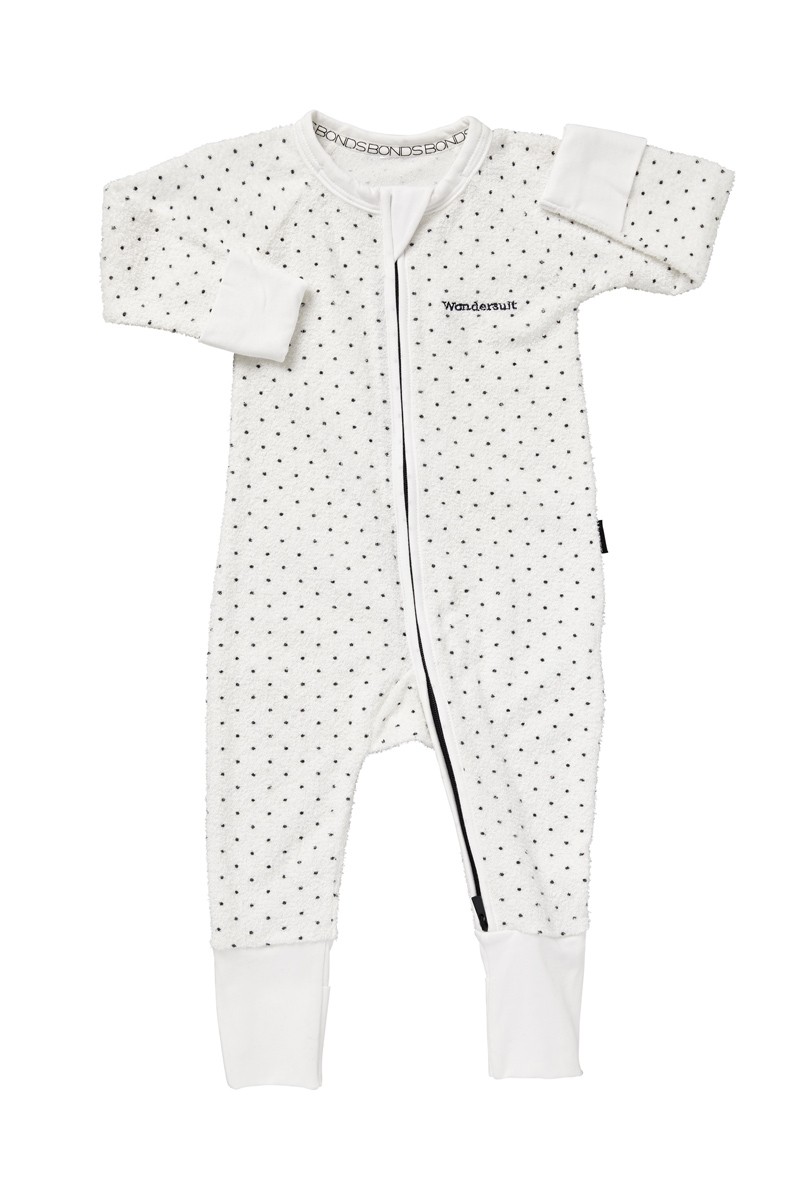
Bonds Wondersuit $15
Have we missed anything? What essentials did you use when preparing for your baby? Did you have a minimalist approach?
Why not check out our post of 12 Baby Products Parents Can’t Live Without.
Disclaimer: There are affiliate links on this post. Should you choose to purchase an item, we will receive a small commission at no extra cost to you.
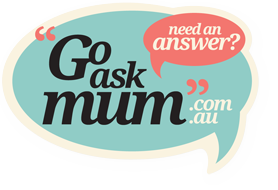



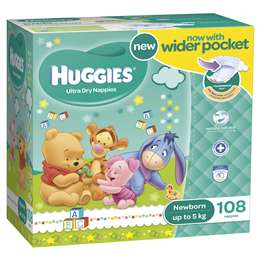
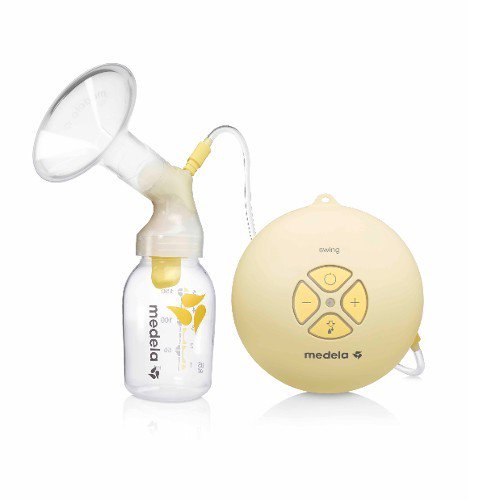







One thought on “A Minimalist Approach to Baby Products”